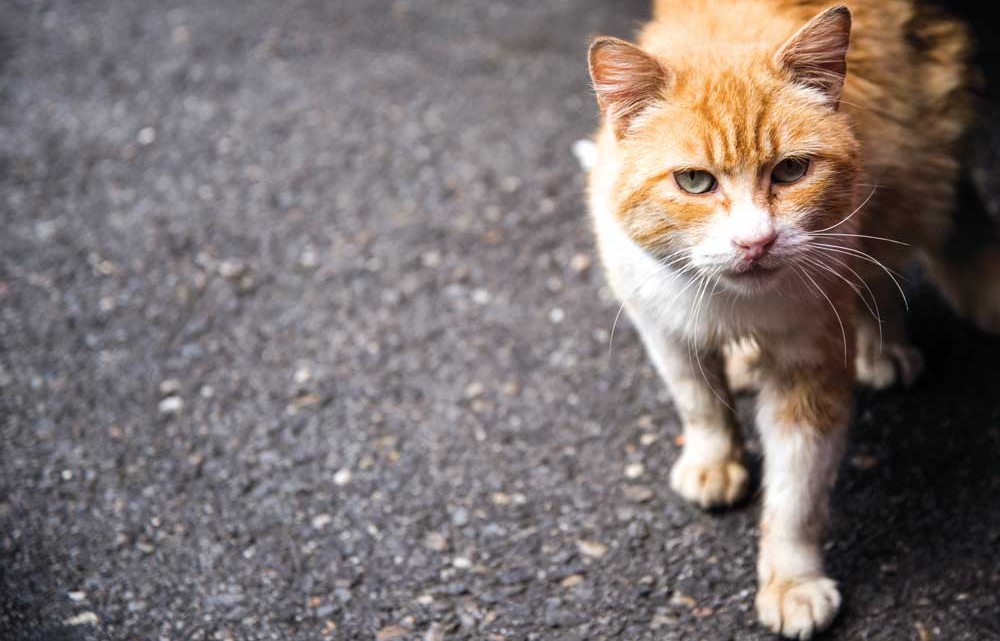Addressing problems caused by feral, stray and free-roaming felines – and finding solutions that benefit both cats and communities.
Most cat lovers have a soft spot for all felines, including the scruffiest, most unfriendly feral, but many will also agree that free-roaming cats — whether wild and homeless or allowed out unsupervised by their families – can also cause some issues.
In this article, we’ll take a detailed look at this problem.
What’s wrong with outdoor cats?
1. Unspayed/unneutered free-roaming and feral cats are at the root of the feline overpopulation problem.
A single pair of cats and their offspring can produce over 400,000 kittens in just seven years. Many are killed or die from disease or injuries, while others land in shelters that are already overcrowded and short on resources, and end up being euthanized because there aren’t enough homes for them all. In addition, without knowledge of proper, responsible care, including early spay/neuter, people sometimes abandon young male cats when they start spray-marking in and around the home, and female cats who become agitated when in estrus and want to go out, are allowed out to become pregnant. This also adds to the seasonal influx of litters of kittens into shelters.
2. Cats are natural predators with a strong hunting instinct.
When permitted to roam freely outdoors, they kill birds, small mammals and other wildlife, even when they’re well fed, and this does no good to populations already being decimated by pollution and habitat destruction. Along with strays and ferals, millions of household felines are indoor-outdoor animals (it’s still a cultural norm in the U.K. and many other countries). They compete with indigenous wild carnivores for prey, and often bring home wild animals they have killed or injured, such as chipmunks, voles, baby rabbits, songbirds and lizards. The cats themselves may require veterinary treatment for injuries and disease contracted from prey and rival predators, and can bring infections and infestations into their home environments, putting human health at risk at well. Cats can carry several diseases transmissible to humans, notably rabies and toxoplasmosis, which can be especially risky for children and the immunocompromised. Exploiting cats as “working animals”, a biological weapon against rats and mice, should be a highly restricted and monitored practice. Cats will kill many species other than rodent “pests” and can also be poisoned by rodenticides put out by property owners.
3. When they prowl through people’s yards, feral, stray and free-roaming felines can cause a lot of stress to resident indoor kitties and their families.
House-soiling, redirected aggression that can seriously damage feline relationships, and stress-related health problems such as cystitis can result from indoor cats being upset by a strange feline wandering around outside or looking in the doors and windows. Other indoor cats may show displacement behaviors such as excessive-self grooming and self-mutilation. Chronic and subclinical health conditions like arthritis and hyperthyroidism may be aggravated by the stress of territorial invasion by free-roaming and wild cats.
In the next issue, we’ll look at ways to solve these problems as they relate to feral and other homeless felines. In the meantime, if you have one or more of your own, keep them indoors unless you can supervise them or keep them safely confined to a limited area (e.g. by training them to a harness or leash, or investing in a cat enclosure system). It’s the best thing to do, not only for your community and its human and wildlife populations, but also for your kitty’s own health, safety and well-being!







No Comment